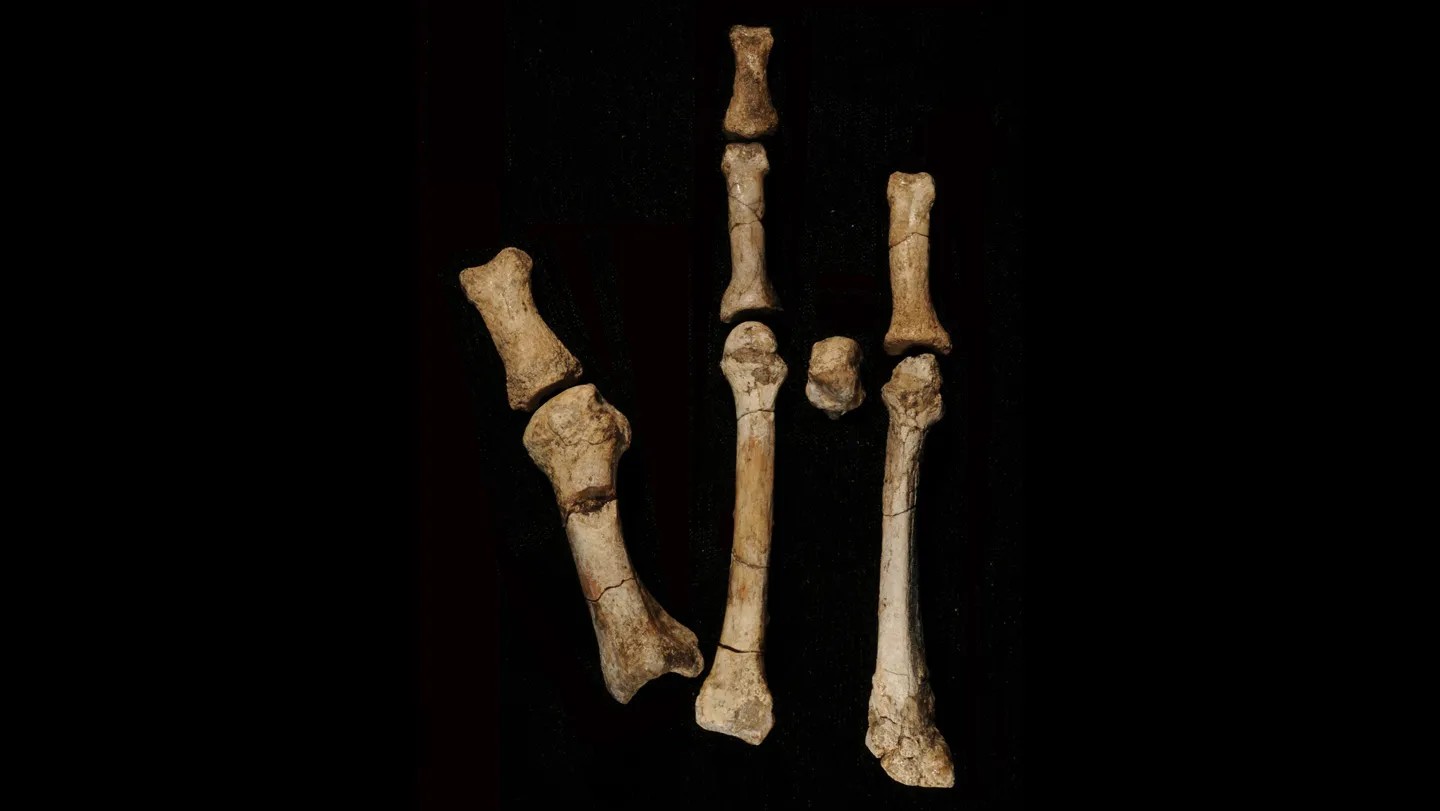New fossil evidence confirms that multiple hominin species lived alongside Australopithecus afarensis (the species represented by the famous Lucy skeleton) around 3.4 million years ago. A partial foot fossil discovered in Ethiopia, initially found in 2009, is now definitively linked to Australopithecus deyiremeda, a previously identified but uncertain species. This means that the early human evolutionary tree was more diverse and complex than previously thought.
The Discovery and Confirmation
The Burtele foot, as it’s known, was pieced together from eight fragments discovered in the Afar Region of Ethiopia. Researchers, led by Yohannes Haile-Selassie of Arizona State University, initially suspected it wasn’t from Lucy’s species (A. afarensis ) due to subtle differences in bone structure. Over the years, additional fossil discoveries – including pelvic, skull, and jaw fragments – further solidified the conclusion that A. deyiremeda was a distinct hominin present at the same time and place as A. afarensis.
Why This Matters
For decades, A. afarensis has been considered the primary ancestor leading to modern humans in that period. The new evidence challenges that narrative, demonstrating that multiple hominin lineages coexisted, competing and evolving simultaneously. This means that the path to Homo sapiens was not linear, but a branching bush of possibilities.
A. deyiremeda appears to have retained more primitive features than A. afarensis, including a big toe adapted for easier tree climbing. Dietary analysis of its teeth suggests a preference for wooded plants, while A. afarensis had a more varied diet that included both forest and grassland resources.
Debate and Remaining Questions
Not all scientists agree on the species classification. Some, like Leslea Hlusko, argue that A. deyiremeda might be an intermediary form between earlier Australopithecus anamensis and A. afarensis rather than a unique species. The incomplete nature of the fossil record further complicates the debate.
The biggest gaps in our understanding remain in the fossil record from 7 to 4.5 million years ago (the period of chimpanzee-human divergence) and from 3.2 to 2.8 million years ago (the emergence of Homo ). Until more fossils are uncovered, the complete picture of human evolution will remain fragmented.
The discovery of A. deyiremeda confirms that early human evolution was not a simple, linear progression, but a complex, branching process with multiple species vying for survival. This finding underscores the importance of continued paleontological research to refine our understanding of our origins.
